The NVIDIA GeForce GTX 980 Review: Maxwell Mark 2
by Ryan Smith on September 18, 2014 10:30 PM ESTDisplay Matters: HDMI 2.0, HEVC, & VR Direct
Stepping away from the graphics heart of Maxwell 2 for a bit, NVIDIA has been busy not just optimizing their architecture and adding graphical features to their hardware, but they have also added some new display-oriented features to the Maxwell 2 architecture. This has resulted in an upgrade of their video encode capabilities, their display I/O capabilities, and even their ability to drive virtual reality headsets such as the Oculus Rift.
We’ll start first with display I/O. HDMI users will be happy to see that as of GM204, NVIDIA now supports HDMI 2.0, which will allow NVIDIA to drive future 4K@60Hz displays over HDMI and without compromise. HDMI 2.0 for its part is the 4K-focused upgrade of the HDMI standard, and brings with it support for the much higher data rate (through a greatly increased clockspeed of 600MHz) necessary to drive 4K displays at 60Hz, while also introducing features such as new subsampling patterns like YCbCr 4:2:0, and official support for wide aspect ratio (21:9 displays).
It should be noted that this is full HDMI 2.0 support, and as a result it notably differs from the earlier support that NVIDIA patched into Kepler and Maxwell 1 through drivers. Whereas NVIDIA’s earlier update was to allow these products to drive a 4K@60Hz display using 4:2:0 subsampling to stay within the bandwidth limitations of HDMI 1.4, Maxwell 2 implements the bandwidth improvements necessary to support 4K@60Hz with full resolution 4:4:4 and RGB color spaces.
Given the timeline for HDMI 2.0 development, the fact that we’re seeing HDMI 2.0 support now is if anything a pleasant surprise, since it’s earlier than we expected it. However this will leave HTPC users in a pickle if they want HDMI 2.0 support; with the GM107 based GTX 750 series having launched only 7 months ago without HDMI 2.0 support, we would not expect NVIDIA’s HTPC-centric video cards to be replaced any time soon. This means the only option for HTPC users wanting HDMI 2.0 support right away is to upgrade to a larger and more powerful Maxwell 2 based card, or otherwise stick to the low powered GTX 750 series and go without HDMI 2.0.
Meanwhile alongside the upgrade to HDMI 2.0, NVIDIA has also made one other change to their display controllers that should be of interest to multi-monitor users. With Maxwell 2, a single display controller can now drive multiple identical MST substreams on its own, rather than requiring a different display controller for each stream. This feature will be especially useful for driving tiled monitors such as many of today’s 4K monitors, which are internally a pair of identical displays driven using MST. By being able to drive both tiles off of a single display controller, NVIDIA can make better use of their 4 display controllers, allowing them to drive up to 4 such displays off of a Maxwell 2 GPU as opposed to the 2 display limitation that is inherent to Kepler GPUs. For the consumer cards we’re seeing today, the most common display I/O configuration will include 3 DisplayPorts, allowing these specific cards to drive up to 3 such 4K monitors.
HEVC & 4K Encoding
In Maxwell 1, NVIDIA introduced updated versions of both their video encode and decode engines. On the decode side the new VP6 decoder increased the performance of the decode block to allow NVIDIA to decode H.264 up to 4K@60Hz (Level 5.2), something the older VP5 decoder was not fast enough to do. Meanwhile the Maxwell 1 NVEC video encoder received a similar speed boost, roughly doubling its performance compared to Kepler.
Surprisingly, even after only 7 months since the first Maxwell 1 GPUs, NVIDIA has once again overhauled NVENC, and this time more significantly. The Maxwell 2 version of NVENC further builds off of the Maxwell 1 NVENC by adding full support for HEVC (H.265) encoding. Like HDMI 2.0 support, this marks the very first PC GPU we’ve seen integrate support for this more advanced codec.
At this point there’s really not much that can be done with Maxwell 2’s HEVC encoder – it’s not exposed in anything or used in NVIDIA’s current tools – but NVIDIA is laying the groundwork for the future once HEVC support becomes more commonplace in other hardware and software. NVIDIA envisions their killer app for HEVC support to be game streaming, where the higher efficiency of HEVC will improve the image quality of game streams due to the limited bandwidth available in most streaming scenarios. In the long run we would expect NVIDIA to utilize HEVC for GameStream for the home, and at the server level support for HEVC in the next generation of GRID cards will be a major boon to NVIDIA’s GRID streaming efforts.
Meanwhile where the enhanced version of NVENC is going to be applicable today is in ShadowPlay. While still recording in H.264, the higher performance of NVENC means that NVIDIA can now offer recording at higher resolutions and bitrates. With GM204 NVIDIA’s hardware can now record at 1440p60 and 4Kp60 at bitrates up to 130Mbps, as opposed to the 1080p60 @ 50Mbps limit for their Kepler cards.
Finally, and somewhat paradoxically, Maxwell 2 inherits Kepler and Maxwell 1’s hybrid HEVC decode support. First introduced with Maxwell 1 and backported to Kepler, NVIDIA’s hybrid HEVC decode support enables HEVC decoding on these parts by using a combination of software (shader) and hardware decoding, leveraging the reusable portions of the H.264 decode block to offload to fixed function hardware what elements it can, and processing the rest in software.
A hybrid decode process is not going to be as power efficient as a full fixed function decoder, but handled in the GPU it will be much faster and more power efficient than handling the process in software. The fact that Maxwell 2 gets a hardware HEVC encoder but a hybrid HEVC decoder is in turn a result of the realities of hardware development for NVIDIA; you can’t hybridize encoding, and the hybrid decode process is good enough for now. So NVIDIA spent their efforts on getting hardware HEVC encoding going first, and at this point we’d expect to see full hardware HEVC decoding show up in a future generation of hardware (and we’d note that NVIDIA can swap VP blocks at will, so it doesn’t necessarily have to be Pascal).
VR Direct
Our final item on the list of NVIDIA’s new display features is a family of technologies NVIDIA is calling VR Direct.
VR Direct in a nutshell is a collection of technologies and software enhancements designed to improve the experience and performance of virtual reality headsets such as the Oculus Rift. From a practical perspective NVIDIA already has some experience in stereoscopic rendering through 3D Vision, and from a marketing perspective the high resource requirements of VR would be good for encouraging GeForce sales, so NVIDIA will be heavily investing into the development of VR technologies through VR Direct.
From a technical perspective the biggest thing that Oculus and other VR headset makers need from GPU manufacturers and the other companies involved in the PC ecosystem is methods of reducing the latency/input lag between a user’s input and when a finished frame becomes visible on a headset. While some latency is inevitable – it takes time to gather data and render a frame – the greater the latency the greater the disconnect will be between the user and the rendered world. In more extreme cases this can make the simulation unusable, or even trigger motion sickness in individuals whose minds can’t handle the disorientation from the latency. As a result several of NVIDIA’s features are focused on reducing latency in some manner.
First and foremost, for VR headsets NVIDIA has implemented a low latency mode that minimizes the amount of time a frame spends being prepared by the drivers and OS. In an average case this low latency mode eliminates 10ms of OS-induced latency from the rendering pipeline, and this is the purest optimization of the bunch.
Meanwhile at the more extreme end of the feature spectrum, NVIDIA will be supporting a feature called asynchronous warp. This feature, known by Oculus developers as time warp, involves rendering a frame and then at the last possible moment updating the head tracking information from the user. After that information is acquired, the nearly finished frame then has a post-process warping applied to it to take into account head movement since the frame was initially submitted, with the ultimate goal of this warping being the simulation of what the frame should look like had it been rendered instantaneously.
From a quality perspective asynchronous warp stands to be a bit of a kludge, but it is the single most potent latency improvement among the VR Direct feature set. By modifying the frame to account for the user’s head position as late as is possible, it reduces the perceived latency by as much as 25ms.
NVIDIA’s third latency optimization is less a VR optimization and more a practical effect of an existing technology, and that is Multi-Frame sampled Anti-Aliasing. As we'll discuss later in our look at this new AA mode, Multi-Frame sampled Anti-Aliasing is designed to offer 4x MSAA-like quality with 2x MSAA-like performance. Assuming a baseline of 4x MSAA, switching it out for Multi-Frame sampled Anti-Aliasing can shave an additional few milliseconds off of the frame rendering time.
Lastly, NVIDIA’s fourth and final latency optimization for VR Direct is VR SLI. And this feature is simple enough: rather than using alternate frame rendering (AFR) to render both eyes at once on one GPU, split up the workload such that each GPU is working on each eye simultaneously. AFR, though highly compatible with traditional monoscopic rendering, introduces additional latency that would be undesirable for VR. By rendering each eye separately on each GPU, NVIDIA is able to apply the performance benefits of SLI to VR without creating additional latency. Given the very high performance and low latencies required for VR, it’s currently expected that most high-end games supporting VR headsets will need SLI to achieve their necessary performance, so being able to use SLI without a latency penalty will be an important part of making VR gaming commercially viable.
On a side note, for the sake of clarity we do want to point out that many of NVIDIA’s latency optimizations come from the best practices suggestions of Oculus VR. Asynchronous warp and OS level latency optimizations for example are features that Oculus VR is suggesting for hardware developers and/or pursuing themselves. So while these features are very useful to have on GeForce hardware, they are not necessarily all ideas that NVIDIA has come up with or technologies that are limited to NVIDIA hardware (or even the Maxwell 2 architecture).
Moving on, other than NVIDIA’s latency reduction technologies the VR Direct feature set will also include some feature improvements designed to improve the quality and usability of VR. NVIDIA’s Dynamic Super Resolution (DSR) technology will be available to VR, and given the physical limits on pixel density in today’s OLED panels it will be an important tool in reducing perceptible aliasing. NVIDIA will also be extending VR support to GeForce Experience at a future time, simplifying the configuration of VR-enabled games. For VR on GeForce Experience NVIDIA wants to go beyond just graphical settings and also auto-configure inputs as well, handling remapping of inputs to head/body tracking for the user automatically.
Ultimately at this point VR Direct is more of a forward looking technology than it is something applicable today – the first consumer Oculus Rift hasn’t even been announced, let alone shipped – but by focusing on VR early NVIDIA is hoping to improve the speed and ease of VR development, and have the underpinnings in place once consumer VR gear becomes readily available.


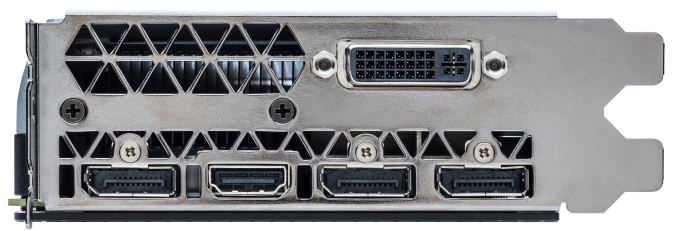
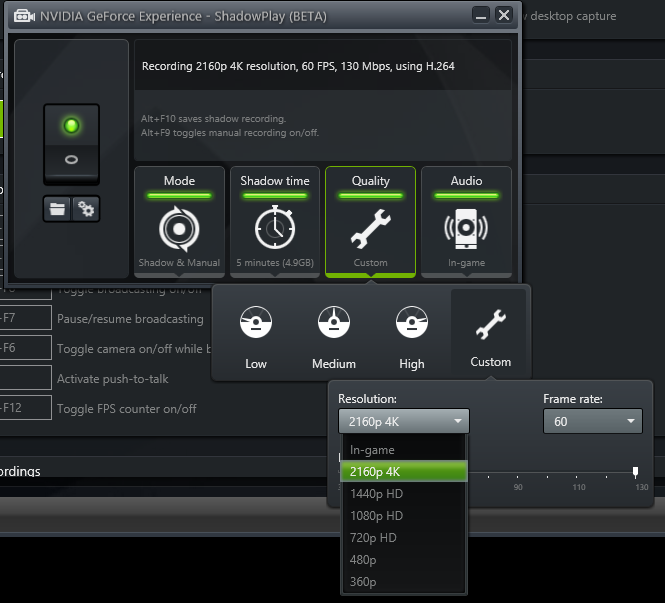
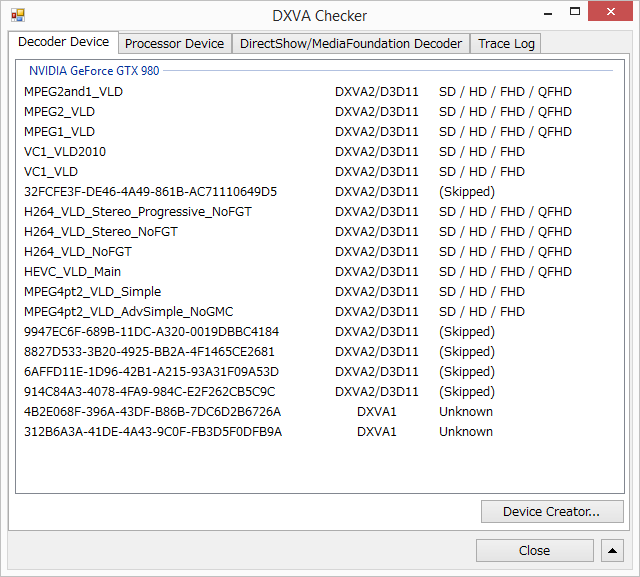
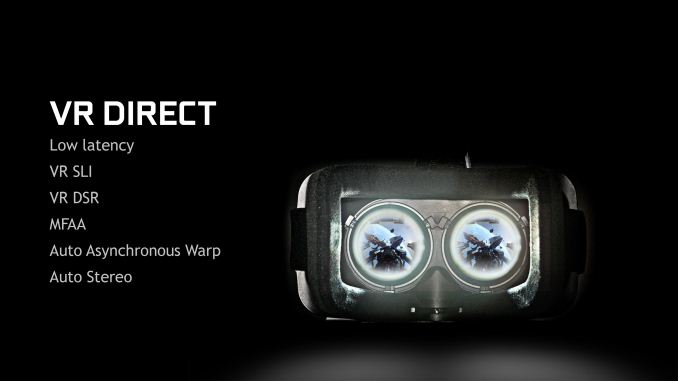
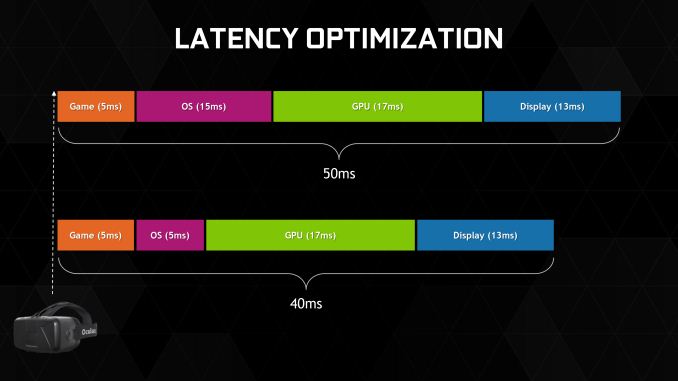
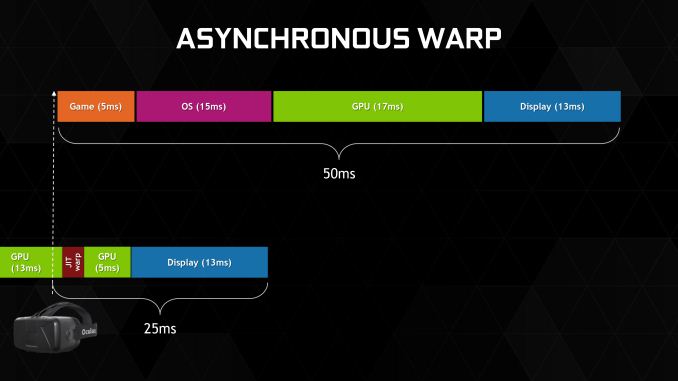








274 Comments
View All Comments
takeship - Friday, September 19, 2014 - link
The situation we have here now is very reminiscent of AMD's CPU position shortly after Core 2 hit the market. Nvidia now has a product with better performance, better efficiency, better (still) drivers & features, and similar pricing and that puts AMD in a bad way. The 3xx series had better seriously wow, or AMD's GPU division is quickly going to see the same market erosion that happened after Core 2/iCore. Personally, i think this is a knockout blow. - soon to be former 7970 ownerchizow - Thursday, September 18, 2014 - link
Maxwell is truly amazing stuff. Great advances from Nvidia in virtually every aspect.Not super thrilled about the 980 price at $550, the 970 price however is amazing at $329. I was going to go with the 980 but 2x970s seem more appealing. 970 is 13/16 SMXes but it retains the full 4GB, full 256-bit bus, full 64 ROPs. Hopefully there's a lot of 970s on the full 980 PCBs.
Jensen just confirmed the prices on the Live Stream.
shing3232 - Thursday, September 18, 2014 - link
they have efficiency advantage because because they use the best 28nm call hpm. they use high performance mobile process of course they are very efficientnkm90 - Friday, September 19, 2014 - link
From TSMCs website ( http://www.tsmc.com/english/dedicatedFoundry/techn... )"The 28nm High Performance Mobile Computing (HPM) provides high performance for mobile applications to address the need for applications requiring high speed. Such technology can provide the highest speed among 28nm technologies. With such higher performance coverage, 28HPM is ideal for many applications from networking, and high-end smartphone/ mobile consumer products."It looks like the hpm process was designed for chips that would dissipate much less than the 150-200W this one does. I seriously doubt someone would use hpm for such high power chips. Also some body had the voltages for the gm204 chip; and the idle voltage was closer to the 0.85V of hp than the 0.9V of HPM
chizow - Friday, September 19, 2014 - link
There's no indication they are using 28nm HPM, even the first Maxwell part (GM107) used 28nm HP and alluded to this amazing power/perf ratio we see today with GM104.It is obvious Nvidia's convergence of mobile *design* (not process) fundamentals helped them as we saw with Kepler, and this will only be further beneficial with their mobile Maxwell designs.
Sttm - Thursday, September 18, 2014 - link
Yeah I was looking at 970 results on other sites... its the 8800gt reborn! Almost top end performance, $220 in savings.chizow - Friday, September 19, 2014 - link
Yep the 970 is amazing price:perf, Newegg has them at the $330 price up to $350 for some custom/OC versions.I did end up going with a single 980 though. The difference in build quality is just too much and SLI with my new G-Sync monitor (Swift) have had issues with my current 670 SLI build. The scaling with SLI is also not exceptional with these Maxwell cards (~60%), so the improvement of 2x970 is actually not that much over a single highly overclocked 980.
Still amazing job by Nvidia, the 980 would have been a grand slam at $500 but it is still an Earl Weaver 3-run blast at $550.
uzun - Thursday, September 18, 2014 - link
When will these cards be available via newegg etc?arbit3r - Friday, September 19, 2014 - link
i would guess later tonight maybe tomorrow though that might be wrong.chizow - Friday, September 19, 2014 - link
They are available on Newegg.com now. Some SKUs are selling out now. I picked up two of the EVGA 980 SuperClocked models.